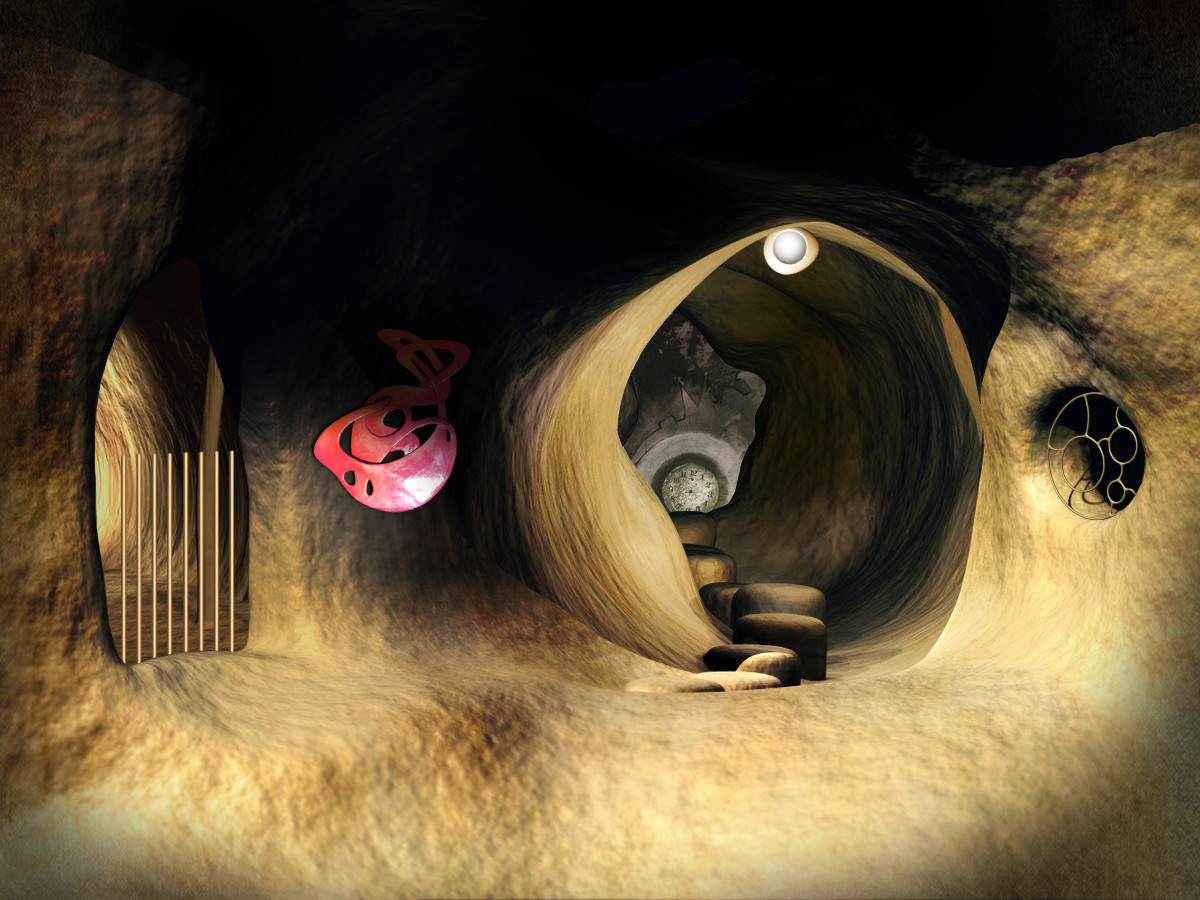A look at the time it takes for food to pass through the gut from mouth to anus. In a healthy adult, transit time is about 24–72 hours.
- Walkthrough For Leaves The Journey
- Leaves The Journey
- Leaves The Journey Walkthrough
- Leaves The Journey Cheats
- Leaves The Journey Game
- Leaves - The Journey Written Walkthrough
A look at the time it takes for food to pass through the gut from mouth to anus. In a healthy adult, transit time is about 24–72 hours. Read the article The human digestive system for further information. Travel to the mystic lands of Mononino and help the Treefruities to recover the lost leaves of their home tree. Search for clues to master the many puzzles and challenges on your journey. 'LEAVES - The Journey' is an artistic exploration and puzzle-adventure full of real sculptures in a surreal dreamscape. Collect and combine information and solve a huge variety of.
Read the article The human digestive system for further information.
Before eating: Sights, sounds and smells of food
Digestive activity begins with the sights, sounds and smells of food. Just looking at or smelling appetising food can result in the brain sending signals to the salivary glands to make the mouth water and to the stomach to secrete gastric juice.
Chewing: Ingestion 1
Chewing mechanically mixes food with saliva from the salivary glands. Amylase in saliva chemically digests starch in the food. The mixing process is lubricated by mucin, a slippery protein in saliva. Each mouthful takes approximately 30–60 seconds.
Swallowing: Ingestion 2
The food is formed into a small ball called a bolus, which is pushed to the back of the mouth by the tongue. Involuntary muscle contractions in the pharynx then push the bolus down towards the oesophagus. This swallowing reflex takes about 1–3 seconds.
Peristalsis: Ingestion 3

Walkthrough For Leaves The Journey
In the oesophagus, the bolus is moved along by rhythmic contractions of the muscles present in its walls. For a medium-sized bolus, it takes about 5–8 seconds to reach the stomach.
Time to empty: Stomach
Food is mixed with gastric juice. Strong muscular contractions in the stomach wall reduce the food to chyme – a thick milky material. The pyloric sphincter at the lower end of the stomach slowly releases chyme into the duodenum. Emptying the stomach takes 2–6 hours.

Time to empty: Small intestine
It takes 3–5 hours from entry to the duodenum to exit from the ileum. The small intestine’s structure of folds, villi and microvilli increases the absorptive surface area and allows maximum exposure to enzymes and complete absorption of the end products of digestion.
Leaves The Journey
Digestion: Duodenum
Small amounts of chyme are ejected approximately every 20 seconds from the stomach into the duodenum. The chyme is mixed with secretions from the pancreas and gall bladder. These fluids contain bicarbonate, enzymes and bile salts essential to the digestion process.
Absorption: Jejunum
Peristaltic waves of muscular contraction mix and move the chyme down the duodenum and into the jejunum. It has a huge surface area created by finger-like structures called villi. These assist with the absorption of the end products of digestion into the bloodstream.
Absorption: Ileum
By the time chyme has reached the ileum, most of the digestion processes involving carbohydrate, protein and fats have occurred. Its main function is to absorb the end products of digestion and release hormones that regulate feelings of fullness.
Elapsed time: Ileocaecal valve
Undigested remains of food are passed through a one-way muscular valve into the first part of the large intestine known as the caecum – a small pouch that acts as a temporary storage site. By the time food remains have reached this point, about 5–12 hours have elapsed.
Colon time: Large intestine
The large intestine is 1.5–1.8m in length and is divided into the caecum, colon and rectum. The colon is further divided into 4 parts – ascending colon, transverse colon, descending colon and sigmoid colon. Watch this video to find out more about the function of the large intestine.
Fermentation: Colon
Slower peristaltic movements push undigested food remains along the colon, which mix freely with the resident bacterial population. The bacteria ferment some of the food remains, producing short-chain fatty acids as well other important chemicals such as vitamin K.
Leaves The Journey Walkthrough
Mass shift: Sigmoid colon
The liquid from the small intestine changes into a semi-solid form known as a stool. The sigmoid colon temporarily stores the stool until a mass movement empties it into the rectum. Residence time in the colon ranges from 4–72 hours, with a normal average of 36 hours.
Egestion: Rectum
Leaves The Journey Cheats
The rectum’s external opening, the anus, is controlled by a set of muscles. When filled by a mass movement from the sigmoid colon, the rectum is stretched and produces the desire to defecate. If inhibited, the urge to defecate subsides but returns several hours later.
Watch this animated video: Digestion of food as a follow up to this article.
Leaves The Journey Game
Published 1 July 2011, Updated 23 April 2014Leaves - The Journey Written Walkthrough
Referencing Hub articles